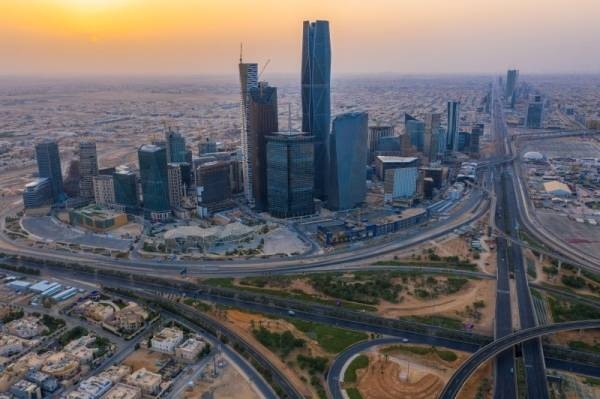Saudi Arabia’s budget figures for the third quarter of 2024 have revealed a deficit of SR30 billion, according to a statement from the Ministry of Finance. The data showed that oil revenues increased by 16 percent in the first nine months of the year, while non-oil revenues grew by 6 percent. Total expenditures for the quarter were SR339 billion, with revenues totaling SR309 billion. Non-oil revenues amounted to SR118 billion, while oil revenues reached SR191 billion.
The deficit for the first nine months of 2024 was SR58 billion, with revenues at SR956 billion and expenditures exceeding SR1 trillion. The country’s public debt stood at SR1.158 trillion by the end of September 2024. In the first half of the year, revenues were SR647 billion, and expenditures were SR674 billion, resulting in a deficit of SR28 billion. Oil revenues grew by 10 percent to SR395 billion, while non-oil revenues increased by 6 percent.
In the second quarter of 2024, revenues were SR353 billion, while expenditures reached SR369 billion, leading to a deficit of SR15.3 billion. Oil revenues grew by 17 percent to SR213 billion, and non-oil revenues increased by 27 percent compared to the first quarter of the year, reaching SR140 billion. The Kingdom’s economy is expected to grow by 4.4 percent in 2024, and to increase by 5.7 percent in 2025, followed by a growth of 5.1 percent in 2026.
The Saudi Ministry of Finance anticipates a decline in the inflation rate to 2.2 percent in 2024 from 2.6 percent in 2023, with further decreases expected in 2026. The Kingdom expects a deficit of 2.3 percent of GDP for the fiscal year 2025, with total spending projected to reach SR1,285 billion and revenues at SR1,184 billion. Real GDP growth is forecasted at 0.8 percent in 2024 and 4.6 percent in 2025.
In conclusion, Saudi Arabia’s budget figures for 2024 reflect a deficit largely driven by expenditures exceeding revenues. The growth in oil revenues has been a positive factor, although efforts to boost non-oil revenues continue. The Kingdom’s economic outlook remains optimistic, with steady growth predicted for the coming years. Efforts to reduce inflation and manage the deficit are ongoing, with plans in place to ensure fiscal stability in the future.











